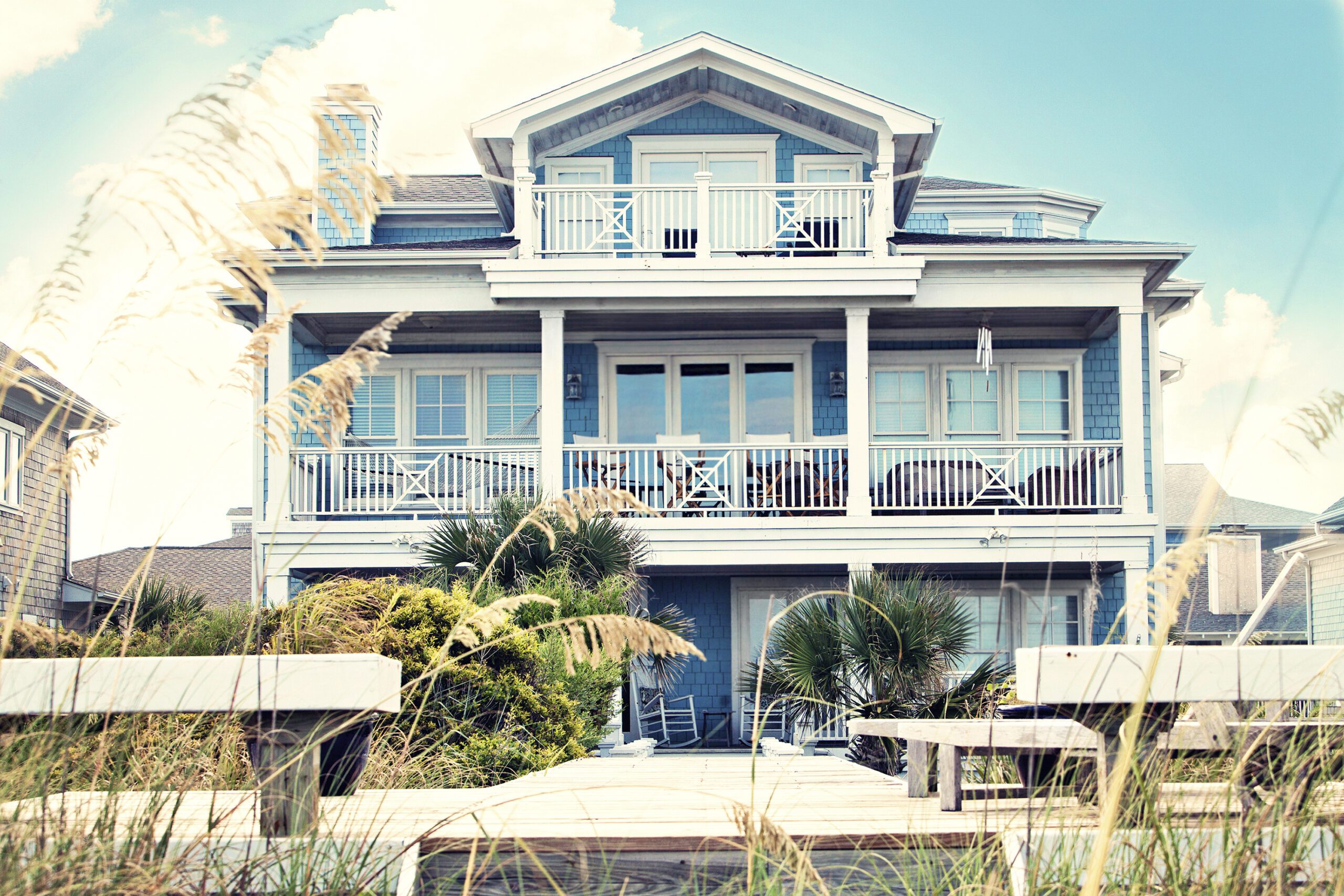A trifecta of factors led sales of second homes to outpace an already hot housing market in 2020. The ability to work from home increased demand from people who recognized the benefits of owning a home-away-from-home. Low mortgage rates and accelerating home values each contributed to the ability of buyers to afford to buy a second home with cash or a loan.
In the initial months of the pandemic, many housing markets froze because of the fear of the economic impact of shutdowns, as well as concern about contracting the coronavirus when showing homes. Once people felt more confident about their individual financial circumstances and real estate agents adapted protocols to make it easier and safer to see homes virtually or in person, the housing market soared.
Second home sales rose 44% in July through September 2020 compared to that three-month period in 2019, according to the National Association of Realtors. In comparison, existing home sales overall, including homes for primary residences and second homes, rose 13% year-over-year during those three months. The share of second home sales was 6.4% of all existing home sales in July through September, up from 5% during that period in 2019.
Second home desirability
For people who could work from home, the pandemic created a new lifestyle where home became everything: office, school, gym and entertainment center. After months of spending most of their time at home, many people became restless and eager to find a second home for a change of scene. Traditionally, many second home buyers choose a place where they would like to retire. For those working remotely, a second home offers a chance to test a future retirement location for more than a brief vacation.
Approximately 56% of the U.S. workforce has a job that can be done at least partly remotely, according to Global Workplace Analytics (GWA). The GWA analysis anticipates at least 25% to 30% of the American workforce will continue to work at home multiple days per week. Before the pandemic, just 3.6% of people worked at home half of the time or more and about 43% worked at home some of the time.
The momentum of second home sales is particularly strong for high-end homes, according to a recent Builder magazine article. Many high-net-worth households living in dense urban areas wanted to move to a second home at the height of the pandemic to feel safe. As the health crisis continued and travel restrictions continued, more buyers opted to put the funds they might have spent traveling into a second home within driving distance of their primary home.
The top five markets for second homes, according to a SmartAsset study cited by Builder magazine, include Ocean City, N.J., Barnstable (Cape Cod), Mass., Salisbury (Eastern Shore of Maryland and Delaware), Myrtle Beach, S.C. and Naples, Fla.
Financing a second home
Second-home buyers are nearly all repeat buyers, according to NAR. Nearly half (49%) paid cash for the property. Among those that financed the home, 82% made a down payment of at least 20%.
What to consider when buying a second home
As with any home purchase, it’s important to reflect on how you plan to use the space and your priorities before you start to look for property.
How often you’ll be there. If you’re looking for a hideaway for occasional weekends, the type of home you purchase could be far different from one you plan to live in for several months of the year. If you’d like to use the property year-round, make sure it’s winterized and has air conditioning for the summer months.
Location in proximity to your primary home. The pandemic brought to the forefront the idea that you may want a second home that you can drive to rather than fly. If you plan to travel frequently between your homes, you’ll likely want to keep your driving time minimal.
How you will use the home. If you plan to work in your second home, you must check on the internet service in the area. Some rural locations lack the bandwidth to accommodate robust use of the internet. In addition, you’ll want to find or build a home with a dedicated place to work. If you want to invite friends and extended family, you’ll need more bedrooms and entertaining space than you would if you plan to spend more time alone there.
Future plans for the property. If you’re thinking ahead to retirement, you may want to consider a home with a first-floor primary suite. Alternatively, if you hope to sell the property for profit in the future, consult your real estate agent about popular home features in that housing market.
Amenities in the area. While the idea of heading to a remote cabin may sound ideal if you’ve been stuck in a busy city during the pandemic, remember to check out where you’ll grocery shop, health care facilities and recreational options.
Maintenance, taxes and insurance needs. Don’t forget to factor in the time or money you may need to spend on repairs and routine maintenance. You may want to hire someone to check on the house if you don’t plan to be there for several months at a time. You’ll need to pay property taxes and home insurance premiums, which will vary according to the type of home it is, the location and how often you use it.
If you’re thinking about buying a second home this year, consult a Long & Foster agent for local market expertise and knowledge of national trends. Long & Foster has multiple divisions to help you manage any real estate transaction and extensive resources for data analysis to inform your decisions for a smart investment.
